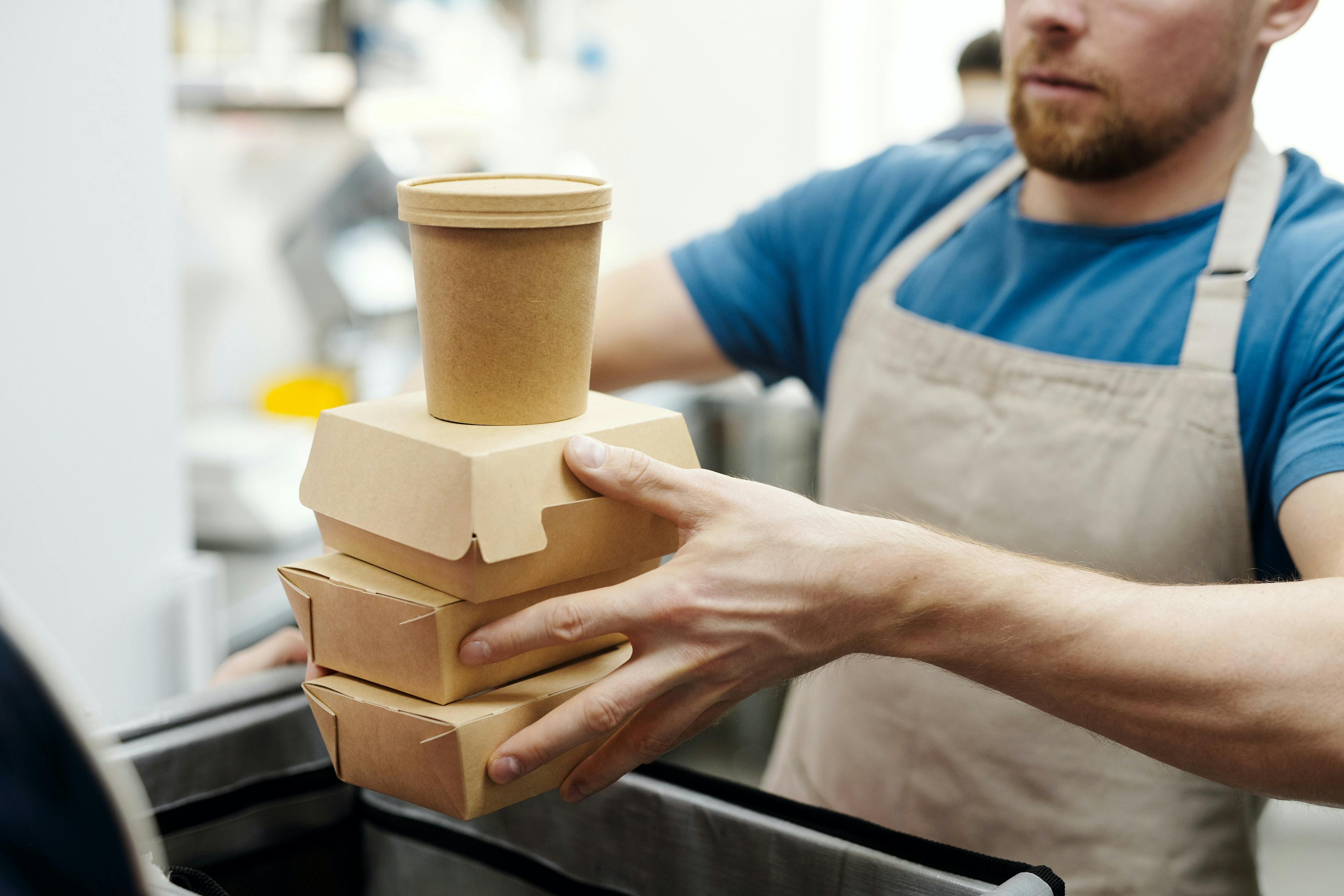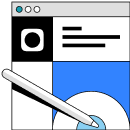
Food delivery isn't just a trend, it's here to stay
Restaurants should expect delivery to be a big piece of their business for decades to come. Third-party food delivery services like GrubHub, DoorDash and Uber Eats make up a large portion of the delivery market, and their stronghold on the delivery sector can come at a significant cost to operators. Operators who are listed on third-party delivery services know that fees from companies like these can really take a bite out of their margins.
Restaurant operators watch every dollar (penny?), and when you take into account the expenses that come along with third party delivery, it's more important than ever to accurately account for every cost.
Delivery is here to stay
Popular delivery apps aren't going anywhere. Even in a post-COVID world, the advantage of listing your restaurant on one or multiple delivery apps is real.
The obvious reason is because that's where people eat. Customers enjoy the convenience that third-party delivery provides. This includes customers who might want to eat at your restaurant. Attracting new diners (and revenue) is key to long-term success.
Of course, while many restaurants rely on the third-parties to access the delivery market, not all restaurant operators are ready to invest in setting up their own delivery infrastructure.
Whether third-party delivery is your main dish or just a slice of your product mix (PMIX), it's best to know your margins so you can work to increase restaurant food delivery sales.

How to account for delivery costs
Everyone on your culinary and operations team already knows about both your restaurants prime costs (the sum of your cost-of-goods-sold), and your labor costs, but it's also important to understand how to calculate plate cost. Once you've got that nailed down, the next step is to add delivery cost to this equation.
First, you'll want to be sure to include any packaging and utensil costs. The gross margin of selling the same dish in-house versus off-premise are different for this reason alone.
Next, you'll want to determine the fees associated with each service.
If you're an Otter customer, you're already able to determine what you sold through which partner with our restaurant analytics software. This is critical to knowing how the fees hit your bottomline at a PMIX level.
When you've got the full picture, you can use that information to your advantage.
Youve calculated delivery fees into plate cost - now what?
Being armed with insights on profitability at a plate-cost level allows your team to make decisions based on what the data shows.
- Should you modify your menu? Consider whether you need to pull certain items from your menu based on what is and what isn't performing well on third-party delivery apps.
- Do you need to raise prices? Can you lower some? Star menu items might become plow horses when sold through third-party delivery apps. Consider whether to raise your prices for certain items on these platforms.
- Is this third-party provider profitable? Consider that you might be losing more money based on what you're selling with each provider. Some may or may not be worth keeping around in the long term.
If you're ready to start comparing how your restaurants PMIX profits are faring across multiple delivery providers, request a demo with an xtraCHEF Product Specialist. A member of their team can walk you through how easy it is to inform your delivery approach using real, accurate data.

Book a demo to see how Otter’s all-in-one platform can help your restaurant thrive.